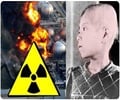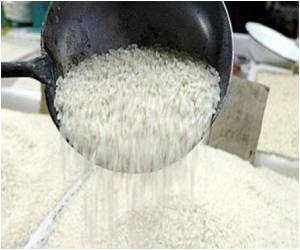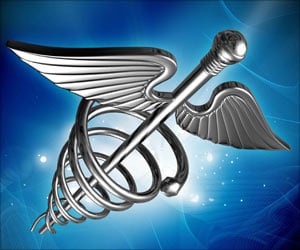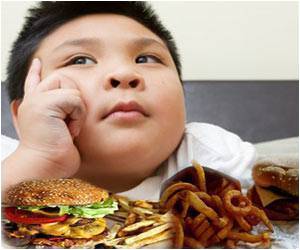Due to the health concerns in the wake of the Fukushima nuclear crisis, Japan lowers radiation exposure limits for children to below one millisievert per year while at school.

Following the accident, Japan raised the exposure limit for both adults and children from one to 20 millisieverts per year, matching the maximum exposure level for nuclear industry workers in many countries.
The move prompted outrage and parents in Fukushima had been calling on the government to lower limits at school, claiming that children face a higher risk from radiation-linked cancers and other diseases than adults.
Radiation experts agree that children are at greatest risk from cancers and genetic defects because they are still growing, are more prone to thyroid cancers, and because they will have more time to develop health defects.
The education ministry has said children's radiation exposure at schools in Fukushima is currently estimated at 0.534 millisievert per year.
Shortly after the accident, most schools banned children from playing football or baseball on outdoor fields or splashing around in swimming pools exposed to the sky in Fukushima amid radiation fears.
Advertisement
Prime Minister Naoto Kan, who announced his resignation Friday, said the government will "make utmost efforts to make the areas safe for children to live as before," Jiji Press quoted.
Advertisement
Wearing protective suit, some 150 residents from Futaba and Okuma towns returned home by bus for about two hours to pick up valuables and other goods, officials said.
Source-AFP












